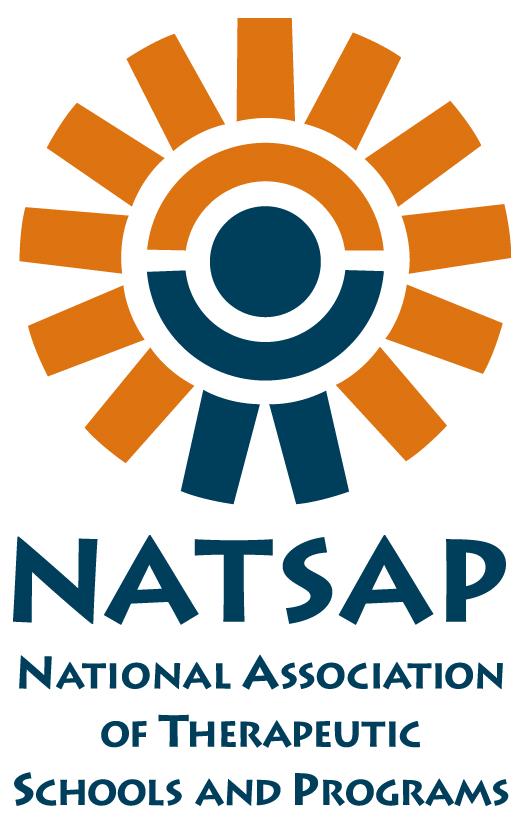Child Sexual Abuse or Sexual Violence is any sexual act that committed against a person’s will. The sexual act can include rape, verbal sexual harassment, threats of sexual violence, unwanted touching, exhibitionism, unwanted exposure to pornography, taking nude pictures of a person without their consent or knowledge, attempts at a sex act and non-contact sexual behavior.
Parents need to talk to their kids about sexual abuse and it needs to start early. Do not wait. All discussions with your children need to be age appropriate; pre-teen, early teen and late teen. Sexual abuse is never acceptable.
There are many forms of sexual abuse:
- Verbal – inappropriate and abusive words and language
- Visual – showing pornographic pictures; taking nude photos; exhibitionism
- Touch – inappropriate touching
Sexual abuse often happens in stages: verbal, touch and then actual sexual relations. Kids need to be aware of sexual abuse information in ways that are appropriate to their age.
In Part 1, we will discuss abusive words and language and in Part 2, we will address showing pornographic material. In Part 3, we will talk about inappropriate touching.
Sexual abuse by an older person can begin in what is called “grooming.” Child grooming according to Wikipedia refers to actions deliberately undertaken with the aim of befriending and establishing an emotional connection with a child, to lower the child’s inhibitions in preparation for sexual activity with the child, or exploitation.
Grooming includes talking about sexual activities. Sexual put downs by peers is a form of inappropriate language connected to sexual abuse. Sexual harassment is a form of sexual abuse. It is very degrading to females and males.
Pre-teens repeat what they hear and sometimes do not realize what they are saying. The unsuitable words and language can come from adults, video games, movies or cartoons. Without guidance, this develops into a pattern and continues into the teenage and adult years.
As a parent, it is important to educate your children regarding the use of appropriate language and to also recognize sexual put downs, sexual harassment language and sexual innuendos that are heard.
Preventing sexual abuse starts with educating children regarding what it is. If your child has been sexually abused or is/has experienced sexual harassment or sexual put downs, or is exhibiting symptoms of sexual abuse, there is treatment.
Individual, group and family therapy are important forms of treatment for sexual abuse. Sometimes a more intense approach is needed, such as a residential treatment placement. Do not hesitate to get help.
Reference
http://www.cdc.gov/violenceprevention/sexualviolence/definitions.html
http://en.wikipedia.org/wiki/Child_grooming








